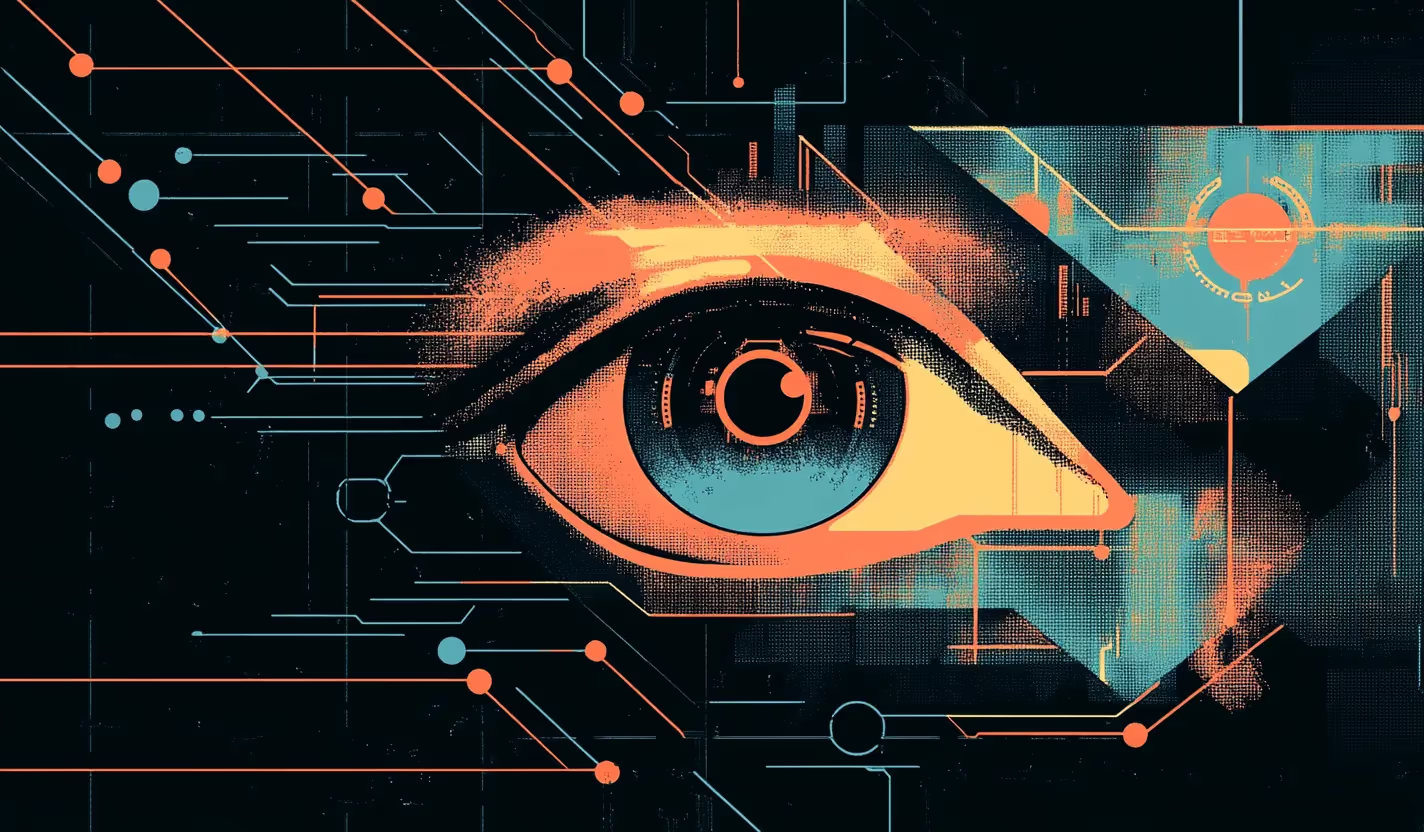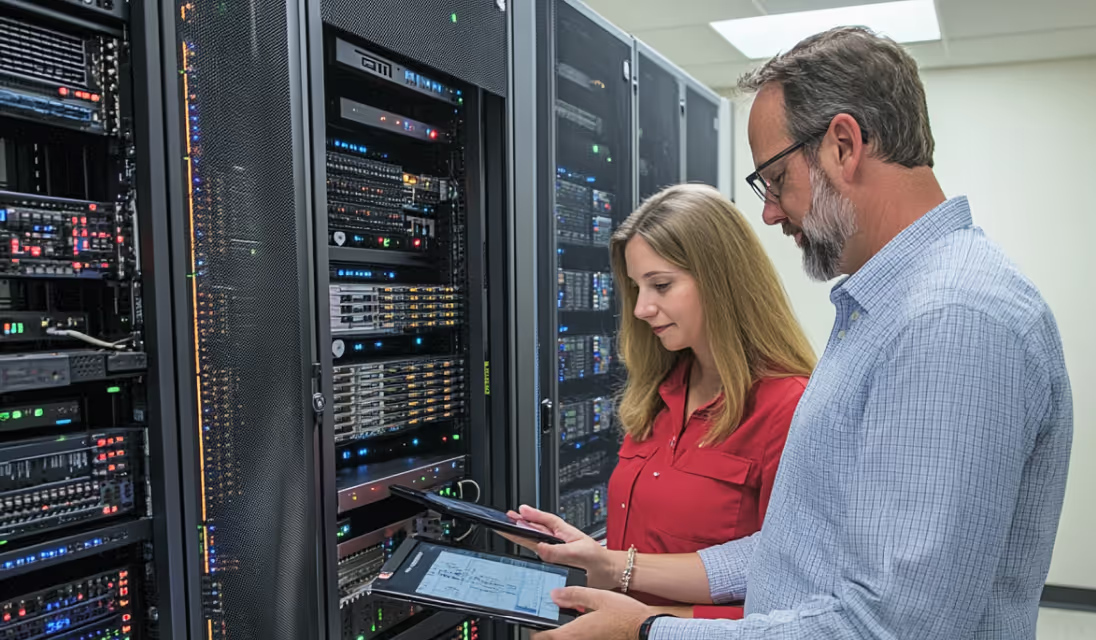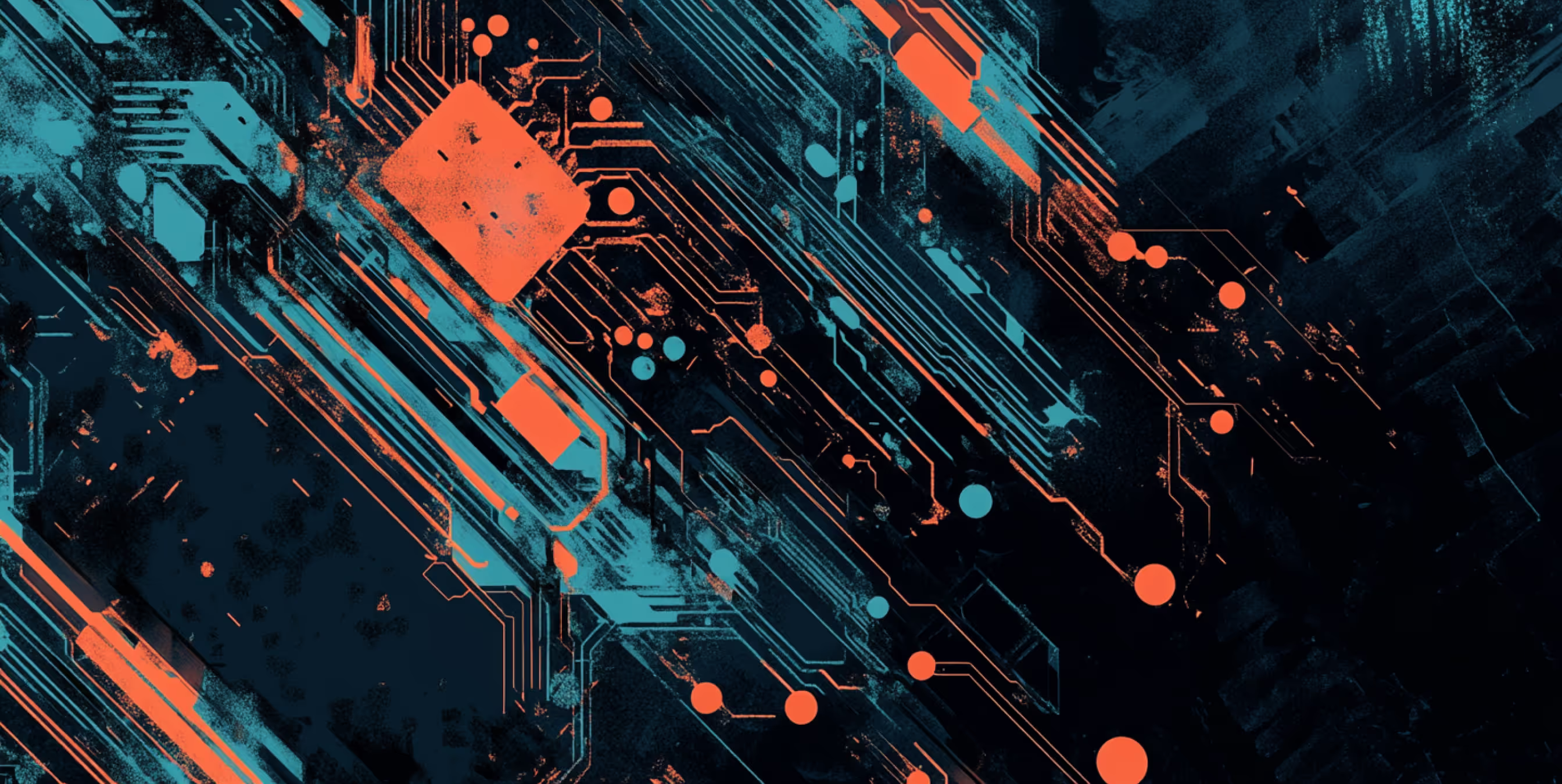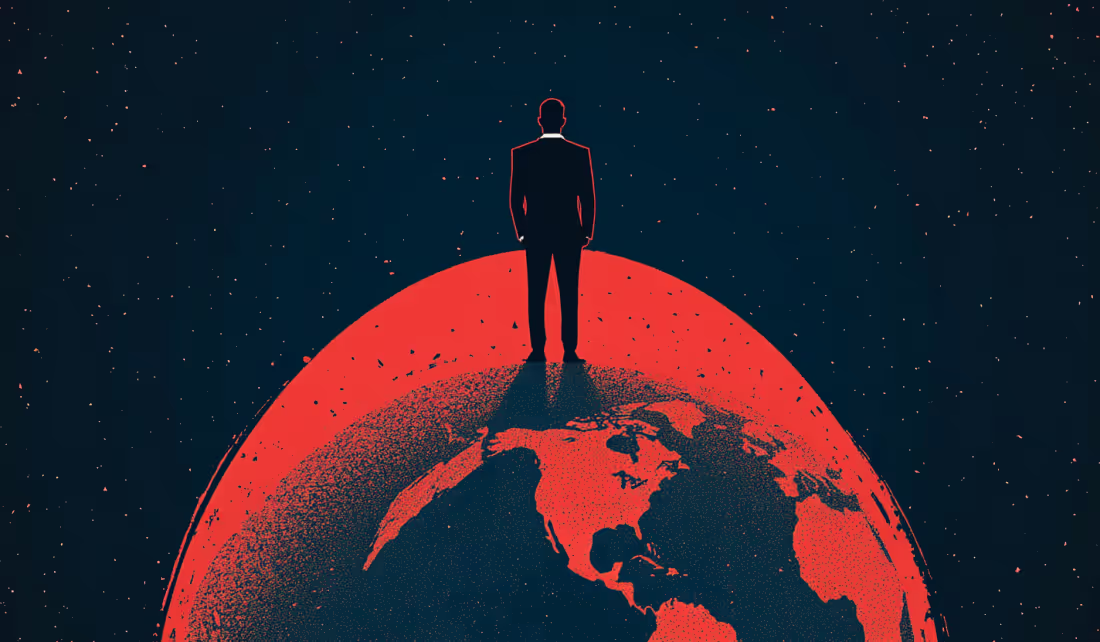Implementation of Computer Vision Technology to Strengthen the Brand
02/08/2025
Branding/Technology
Computer vision technology is transforming the way brands interact with consumers, offering innovative solutions for personalization, automation, and enhanced visual recognition.

Although modern cameras may capture high-fidelity visual information, perceiving an item differs from photographing it. Computers can get important insights from photos and movies thanks to computer vision. At the moment, face recognition, traffic control, autonomous car navigation, natural language processing, and other applications employ this technology in combination with machine learning and AI.
.png)


What Exactly Is Computer Vision?



A computer can "see" objects in its surroundings thanks to the informatics engineering discipline of computer vision. The computer's goal in "seeing" this is to process the picture in front of it, translate the data into instructions, and analyze it. Machines can now detect and evaluate objects like humans do thanks to computer vision development. The most popular example we use now is the ability to make payments using a smartphone's scan QR code. How does a QR Scan, for example, work? A specific instruction, such as ordering a payment or unlocking the device, is sent by the computer (in this case, a smartphone) upon detecting the scanned QR code.
The study looks at how computers can identify items when they are seen. This area of study has the potential to produce a visual intelligence system when paired with artificial intelligence (AI). Conversely, computer vision studies how computers can discriminate between seen and non-observed things. Computer vision is the combination of image processing and pattern recognition. The manipulation of pictures is the focus of the field of image processing. Enhancing the quality of the images is the aim of this process.
Advantages of Computer Vision
Numerous jobs may be automated by computer vision without requiring human involvement.
Consequently, it offers businesses many advantages:
- Quicker and easier-to-use procedure. Human labor is made easier by computer vision systems' speedier completion of tedious and repetitive activities.
- Superior goods and services. Very thoroughly trained computer vision systems will never make a mistake. Deliveries of superior goods and services will happen more quickly as a consequence.
- Lowering expenses. Businesses won't need to invest in correcting their deficient procedures since computer vision will eliminate the possibility of subpar goods and services.
Obstacles to Correctly Using New Technology












The abundance of visual data from cell phones, traffic cameras, security cameras, and other sources is leading to a rise in the usage of computer vision technology. According to Grand View Research analysis a September 2020, the computer vision technology market was valued at USD 10.6 billion in 2019 and was projected to expand at a compound annual growth rate (CAGR) of 7.6% from 2020 to 2027. But at the same time, this technology has its problems.
Incomplete Collections of Data
Incomplete visual data is still difficult for computers to process. Although we humans can fill in the spaces with our experiences and reasoning, computers are still far from becoming as intelligent as humans. Your computer vision system will need to be trained to accomplish that because of this.
Inability to Process Pictures
Numerous things might cause your system to malfunction. Odd forms, colors, darkness light, and shades may all confuse the system and cause it to malfunction. Though a well-trained system can cope with most of those challenges, it can still fail to handle something it did not experience previously.
Skilled Professionals are Needed
To train the system, an organization attempting to use this new technology will need a group of AI and machine learning specialists. Since the technology is still in its infancy, oversight is necessary for the systems to operate as intended.
Computer Vision Examples
Here are five notable computer vision instances that demonstrate how this AI-powered technology can completely transform whole sectors.
- Google Translate. Google, a pioneer in technology, launched its quick translation service in 2015, using smartphone cameras for computer vision. In 2016, Google Translate web results included Neural Machine Translation, a critical component that powers quick and accurate computer vision-based translation.
- YOLO. You Only Look Once, is a transfer learning-enabled pre-trained object identification model. It may be used for many different things, such as imposing social distance rules.
- Faceapp. This is a well-known picture alteration program that alters human faces' visual inputs to alter their gender, age, and other characteristics. Deep convolutional generative adversarial networks, a particular kind of computer vision, are used to do this.
Want to learn more about brand platforms, Brand Strategy and Brand Identity? Keep reading!
If you need help with your companies brand strategy and identity, contact us for a free custom quote.
Innovative Practices of Brands in the field of Computer Vision

The modern world is evolving rapidly, and the paradigm of brand building is changing with it. In 2024, we are faced with incomparable opportunities provided by computer vision technology. In this section, we will look at how innovative practices of brands in the field of Computer Vision not only emphasize their technological sophistication but also influence consumer perception and user experience.
Technological Top of the Brand:
In the era of Computer Vision, brands that actively integrate this technology are climbing to the top of the technology ladder.
The use of advanced computer vision techniques is becoming a kind of mark of innovation, attracting the attention of both tech geeks and ordinary consumers.
Optimization of user experience:
Brands that have mastered the use of Computer Vision go beyond conventional offerings and transform the user experience.
Facial recognition, autonomous driving, and other innovative applications not only increase convenience but also create positive brand associations.
Marketing Opportunities:
Articles and campaigns on the topic "Computer Vision: Advantages and Challenges in 2024" can serve as an effective marketing tool.
By talking about their active participation in the development of this technology, brands create an image of innovators, attracting the attention of the target audience.
Practical application in real areas:
Brands that integrate computer vision are not limited to theoretical talk. They are actively applying this technology in real-world applications, such as autonomous navigation, traffic management, and others.
This emphasizes not only technological innovation, but also the practical significance of the brand in everyday life.
Conclusion

Within the next 10 years, computer vision technology has the potential to transform most industrial sectors. A major advancement for the AI field and all the sectors that depend on the prompt growth of AI in general is the ability for computers to see and comprehend what they see.

Sloane Avery
As entrepreneurs, they’ve built and scaled their own ventures from zero to millions. They’ve been in the trenches, navigating the chaos of high-growth phases, making the hard calls, and learning firsthand what actually moves the needle. That’s what makes us different—we don’t just “consult,” we know what it takes because we’ve done it ourselves.
Want to learn more about brand platform?
If you need help with your companies brand strategy and identity, contact us for a free custom quote.
We do great work. And get great results.
+2.3xIncrease in revenue YoY
+126%Increase in repurchase rate YoY








+93%Revenue growth in first 90 days
+144% Increase in attributed revenue








+91%Increase in conversion rate
+46%Increase in AOV








+200%Increase in conversion rate
+688%Increase in attributed revenue












